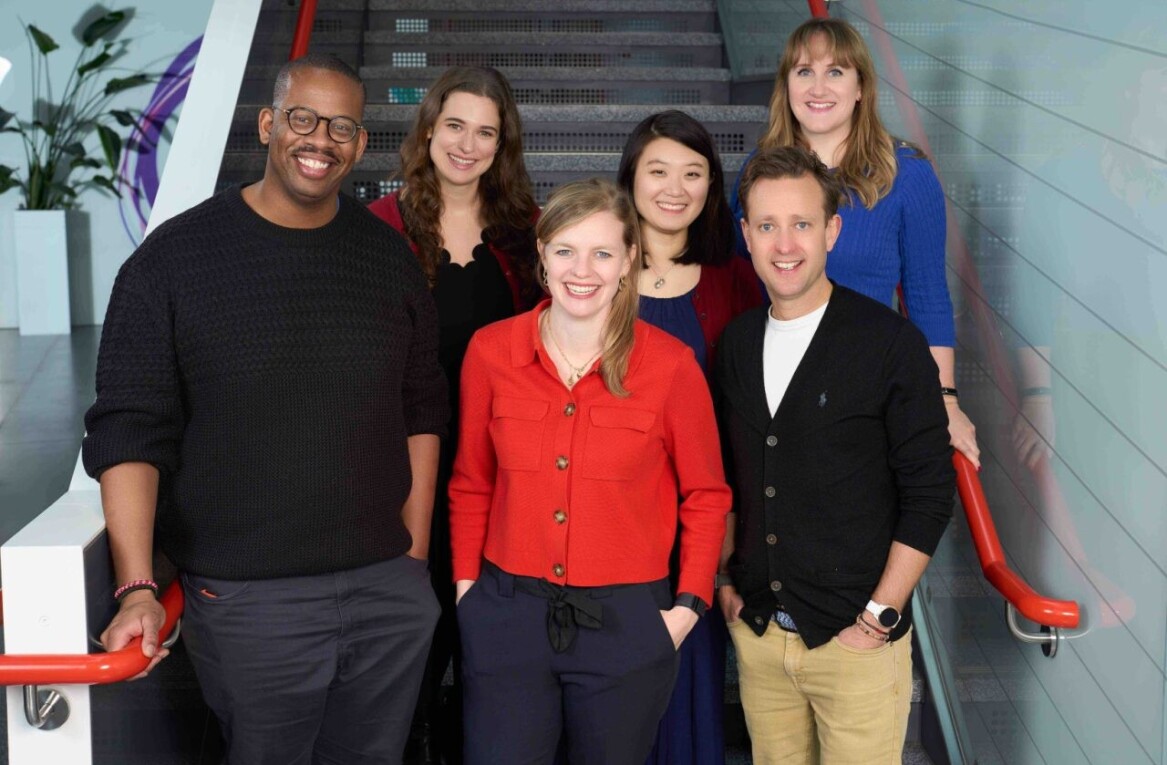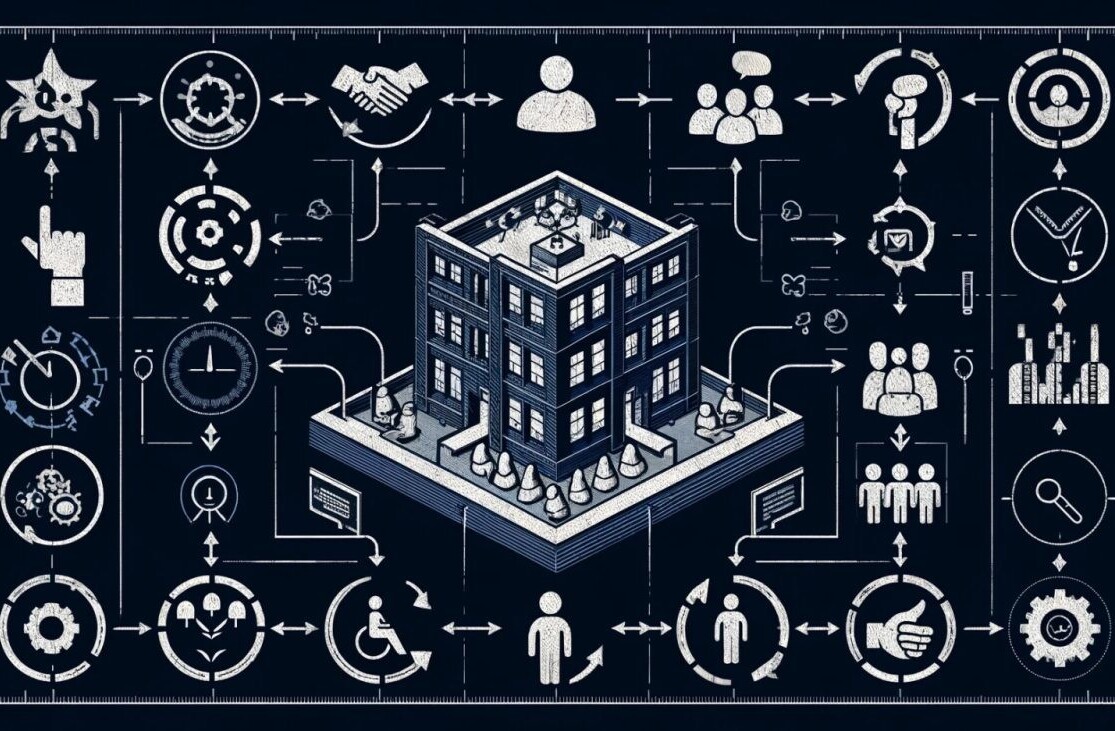
We all live professional lives alongside people who look pretty different from one another. So, why is it that the conferences many of us frequent have stages that are manned by – well, men? All too often, I show up to a panel only to find that all of the speakers are male. As someone who’s worked with many strong female professionals over my two decades in the workforce, I know that there are many amply qualified women who would knock those panels out of the park – so the fact that they’re not being asked to do so is disheartening to say the least.
So, in 2017, when my company Firebrand Group teamed up with Nicole D’Alonzo and Jason Keath of Social Fresh to throw an Innovation Congress, we knew from the outset that we wanted at least half of the speakers to be women. What I didn’t realize, however, was how difficult it would be to attain that goal.
Keath, on the other hand, knew exactly how much work it would take to achieve this parity. “I didn’t see it until I saw it at the first conference I was planning,” he told me recently. “It’s easy to recruit white men to speak, so that’s who myself (and many events) end up inviting on stage.” At the same time, 65% to 75% of the attendees at any given Social Fresh conference are women, which means that not only are there plenty of qualified women who could have spoken if given the chance, but also that the experiences of the speakers might not align with those of the attendees.
The problem of not having enough female speakers is so pervasive that it doesn’t just rear its head in industries such as finance, where men far outnumber women in high-profile positions. It also happens in industries such as social media – even though women make up a large majority of the industry’s professionals. Wired reported that 70 to 80 percent of social media pros on Payscale identify as female. This doesn’t excuse gender imbalance for industries that are majority male, but it does show you how bad the problem is.
I started diving into why there are fewer women speakers, and I discovered that there are a few reasons. The simplest one is that there are many more men in positions of power than women. Women hold just 24% of senior roles globally, so a conference organizer looking to recruit high-level executives to speak have a greater pool of men to choose from, statistically speaking. Men are more likely to be in a position of power and access, which also makes them more likely to have the level of experience that attracts conference-goers. Secondly, many conference organizers don’t make a point of encouraging inclusion and diversity, which makes it more likely that they’ll have an imbalanced group of speakers.
From my own experience at Innovation Congress and events I’ve thrown for my Mosaic digital networking group, I’ve noticed that female speaking candidates suggest that their bosses, often white males, should be the ones offered a speaking slot in their stead. Additionally, female speakers have to cancel more often, citing they have been tasked with extra work right before the conference or family obligations require them to stay home. This just does not happen with the same frequency for male speakers. Not even close. I wish it wasn’t the case, but I’ve found out firsthand that it is. If you’re an organizer and you’ve had an easier time booking high-profile, sharp female speakers – I’m happy for you, but speaking to organizers like Keath and D’Alonzo and others gives me the sense that it isn’t the case.
I don’t want to say that conference organizers are the only ones to blame here. Managers also have a responsibility to champion the idea of women having a chance to get out there and speak at conferences. One way these managers can raise someone up is to encourage them to be thought leaders. It’s a privilege and benefit to speak on behalf of the company, and putting well-deserving women in such positions sends a message to the company’s other women that they are working in a meritocracy.
To solve this problem, more conferences are putting the number of percentage of female speakers as a KPI for their events. Social Fresh, for its part, has had 50% or more female speakers for the past six years. After all, just as most people agree it’s a good thing to have diverse representation among political candidates, the same can be true when it comes to conference speakers. After all, if attendees don’t see anyone on stage who looks like them, they may not take insights delivered from speakers to heart. You’re also more likely to trust in the programming if at least some of it feels representative of you. The diversity of thought becomes greatly improved when the diversity of speakers increases, and that is true far beyond gender. Greater diversity tends to yield more perspectives.
Is diversity an important topic to talk about? Absolutely. And yet, the very fact we need to talk about it as much as we do is because we have so far yet to go in building a more inclusive group of subject matters to learn from. Scratching the surface is a great first step – but there’s quite a bit more scratching to be done.
Get the TNW newsletter
Get the most important tech news in your inbox each week.





